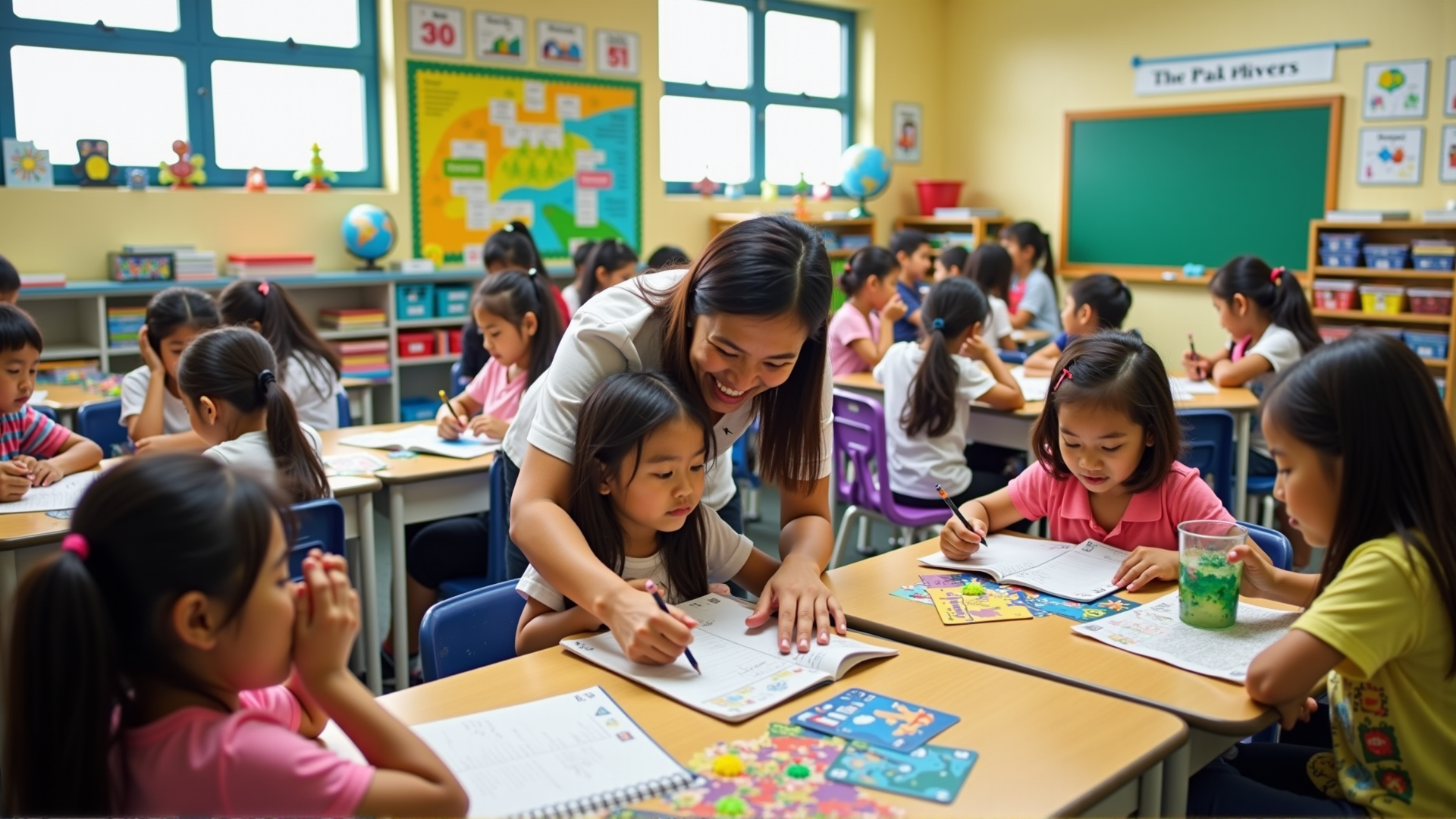With the rapid progression of technology and globalization, the need to enhance educational infrastructure and accessibility has become paramount. As societies evolve, ensuring that every individual has the opportunity to access quality learning resources is essential for fostering innovation and creating sustainable growth.
One of the most effective ways to enhance educational facilities is through the development of robust digital platforms. These platforms can serve as a bridge, connecting learners from remote areas to a wealth of information and learning tools that were previously out of reach. By harnessing the power of the internet, educational programs can be extended to include interactive courses, virtual classrooms, and instant access to a variety of educational materials.
Beyond technological advancements, it is crucial to address the physical infrastructure of educational institutions. Upgrading schools, universities, and training centers with state-of-the-art facilities ensures that students can learn in environments that are conducive to their development. This includes modernizing classrooms, improving library resources, and ensuring laboratories are equipped with the latest scientific tools. Such enhancements not only spur an interest in learning but also aide in the practical application of knowledge.
Additionally, fostering partnerships among governments, non-profit organizations, and private entities can lead to the development of education initiatives that are tailored to the unique needs of different communities. These collaborations often result in skill-building workshops, mentorship programs, and scholarship opportunities that pave the way for individuals to reach their full potential. By providing these tailored opportunities, communities can ensure that all segments of the population have access to the tools needed for personal growth.
Inclusion is another critical aspect when discussing educational opportunities. Programs that focus on supporting underrepresented groups, such as girls, minorities, and individuals with disabilities, play a transformative role in reducing educational disparities. By promoting inclusivity and equity, these initiatives ensure that more voices are heard and that diverse perspectives contribute to the learning process.
Teacher development is also an integral part of enhancing educational opportunities. By providing educators with advanced training, updated resources, and continuous support, the quality of teaching can be significantly improved. Empowered educators can then implement innovative teaching techniques that cater to different learning styles, thereby nurturing a generation of critical thinkers and problem-solvers.
In summary, the enhancement of educational opportunities involves a multi-faceted approach to infrastructure and accessibility. By leveraging technology, improving physical and human resources, forging meaningful partnerships, and promoting inclusivity, societies can build educational systems that equip individuals with the skills necessary to thrive in an ever-changing world.
